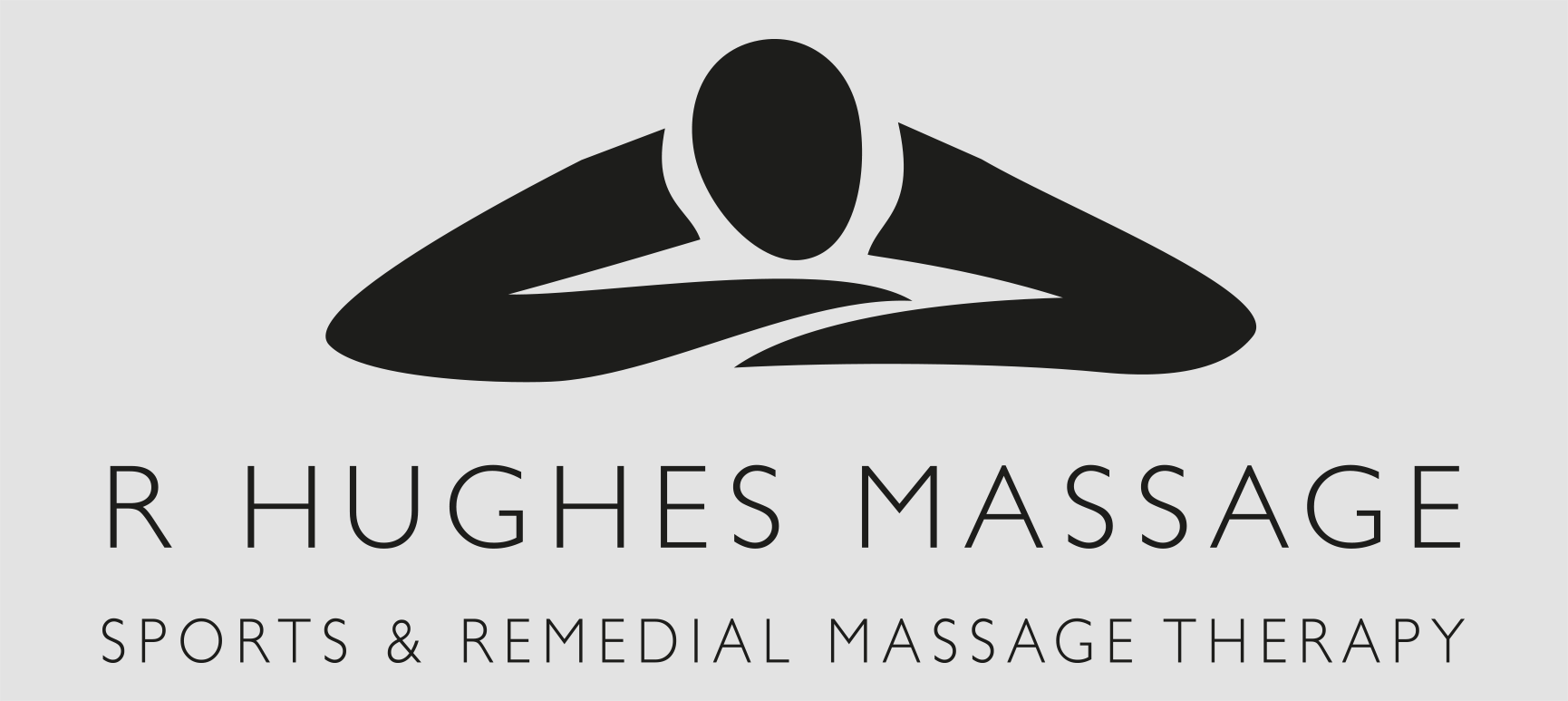What is Sports and Remedial Massage?
The prime purpose of a sports massage is to help alleviate the stress and tension which builds up in the body’s soft tissues during physical activity. Where minor injuries and lesions occur, due to overexertion and/or overuse, massage can break them down quickly and effectively. Above all, it can help prevent those niggling injuries that so often get in the way of performance and achievement, whether one is an athlete, ardent keep-fitter or a once a week jogger.
This treatment is not just for the sports person, anyone can benefit from sports massage, including people in physically demanding jobs and those not quite so obvious (occupational, emotional and postural stress may produce many similar characteristics to sports injuries).
Sports massage tends to be deeper and more intense. It is based on the various elements of Swedish massage and often incorporates a combination of other techniques involving stretching, compression, friction and trigger point response techniques. The therapist brings together this blend of techniques, knowledge and advice during treatment, to work effectively with the client to bring about optimum performance and to provide injury-free training and minimise post event injuries.
Benefits and Effects
There are three areas where sports massage is used to benefit athletes.
- Maintenance Massage:
A regular massage treatment programme based on the therapist’s understanding of anatomy and of the muscles used in a given sport and which are likely candidates for trouble. By concentrating on muscle groups the therapist can help the athlete maintain or improve range of motion and muscle flexibility.
- Event Massage:
Pre-event and post-event massage therapies are tailored for distinct purposes. Pre-event treatment is used as a supplement to an athlete’s warm up to enhance circulation and reduce excess muscle and mental tension prior to competition. It is tailored to the needs of the athlete and his/her event and can be relaxing or stimulating as appropriate. Post-event massage on the other hand, is geared towards reducing the muscle spasms and metabolic build-up that occur with rigorous exercise. Various sports massage techniques enhance the body’s own recovery process improving the athletes ability to return to training and competition, and reducing the risk of injury.
- Rehabilitation:
Even with preventative maintenance, muscles cramp, tear, bruise and ache. Sports massage can speed healing and reduce discomfort during the rehabilitation process.
Soft tissue techniques employed by sports massage therapists are effective in the management of both acute and chronic injuries.
Trigger point techniques reduce the spasm and pain that occur both in the injured and compensation muscles.
Friction techniques can help with healing by improving formation of strong and flexible repair tissue, which is vital in maintaining full pain-free range of motion during rehabilitation.
Sports massage techniques will help treat issues in all of the following areas:
- Back/ Postural
- Neck and Shoulder
- Hip
- Knee
- Ankle
- Chronic muscular aches and pains
As well as the above, regular sports massage will assist in:
- Breaking down muscle adhesions/ scar tissue
- Increasing body awareness
- Improving range of motion
- Improving flexibility
- Restoring suppleness and elasticity
- Aiding lymphatic drainage
- Faster recovery
- Prolonged exercise
- Increasing blood flow
- Injury prevention.
